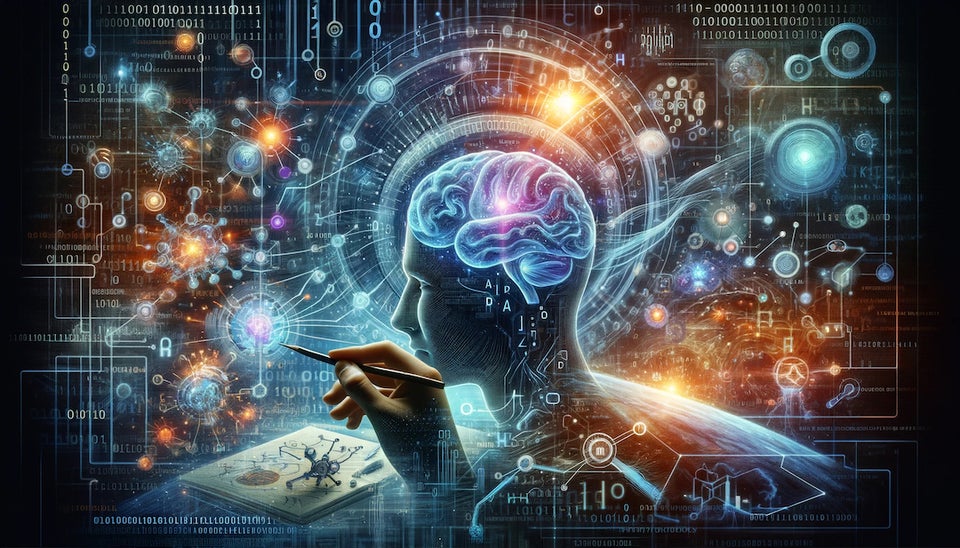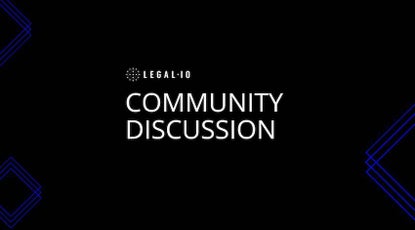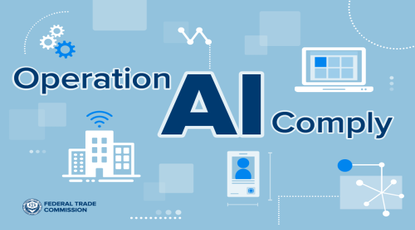The United States Patent and Trademark Office (USPTO) has released much-anticipated guidance on inventorship for inventions created with artificial intelligence. The guidelines aim to clarify the role of AI in patent law, emphasizing the need for human contribution while acknowledging the potential of AI as a powerful innovation tool.
This follows the USPTO's 2023 call for public comments on AI inventorship and its 2020 decision in Thaler v. Vidal, where the agency denied inventorship to an AI named DABUS (Devices and Methods for Attracting Enhanced Attention), sparking debate on the legal status of AI-created inventions.
Key Takeaways
According to the USPTO Office, “a single person who uses an AI system to create an invention is also required to make a significant contribution to the invention, according to the Pannu factors, to be considered a proper inventor.”
-
AI Cannot Be an Inventor: The USPTO reiterates that patent law requires inventors to be natural persons. While AI contributions are acknowledged and can be valuable, they do not qualify for inventorship.
-
Human Inventors Must Make Significant Contributions: Inventors, whether individuals or teams using AI, must meet the established "Pannu test" criteria. This test requires inventors to demonstrate:
-
Significant contribution to conception: The inventor must have played a meaningful role in the inventive idea's formation, not just providing broad goals or directions.
-
Quality contribution: The inventor's contribution must be substantial and inventive, not merely routine or obvious.
-
More than explaining concepts: The inventor's role cannot be limited to simply providing well-known information or prior art to the AI.
Applying the Rules
Each Claim Requires a Human Inventor: Every claim in a patent application must have at least one natural person who significantly contributed to its invention. This means that AI-assisted inventions cannot rely solely on the AI's output without substantial human involvement.
Guidance Examples and Principles: The USPTO provides two illustrative examples and five guiding principles to clarify how these rules apply in practice. These emphasize that:
-
Inventorship is possible with AI assistance: If a person significantly shapes the AI's input or output to create an invention, they can be considered an inventor.
-
Problem recognition alone is insufficient: Simply identifying a problem or goal for the AI is not enough. Significant contribution requires actively shaping the AI's task or interpreting its output in a meaningful way.
-
Reducing an invention to practice is not enough: Recognizing and appreciating the AI's output is not sufficient inventorship. Inventors must make significant modifications or use the output in a non-obvious way.
-
Developing key building blocks can qualify: Inventorship can be recognized for creating essential elements used in the final invention, even if not directly involved in every step.
-
Mere ownership or oversight of AI is not enough: Simply owning or using an AI system does not grant inventorship. Significant contribution to the invention's conception is required.
Impact and Next Steps
These guidelines aim to strike a balance between encouraging AI-driven innovation and upholding the core principle of patents rewarding human ingenuity. They are likely to impact inventors, companies, and legal professionals navigating the evolving landscape of AI-assisted inventions.
-
Public Webinar: The USPTO will hold a public webinar on March 5th to address questions and concerns from stakeholders.
-
Broader Applicability: The guidelines apply to design and plant patents, in addition to utility patents.
-
Ongoing Developments: This is an evolving area, and further developments can be expected as AI technology continues to advance and patent law adapts.
The USPTO's framework provides a clearer roadmap for inventors and patent examiners to navigate the complexities of AI-assisted inventions. While AI remains a powerful tool, human ingenuity and contribution continue to be essential for patent protection.










